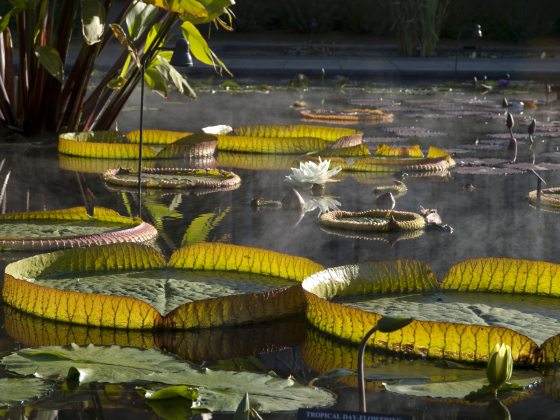
More Press Releases
-
Indoor Beauty Meets Outdoor Serenity During Winter Wonder at Longwood Gardens on View January 20 – March 24, 2024
-
Longwood Gardens Selects Five Fellows for Prestigious 2024-2025 Leadership Program
-
Longwood Gardens’ Sweeping Reimagination of its Central Visitor Experience Will Open to the Public on November 22, 2024
-
American Orchid Society Recognizes Longwood Gardens’ Peter Zale for Orchid Conservation Work
-
Spring Blooms Display on View March 30–May 5, 2024